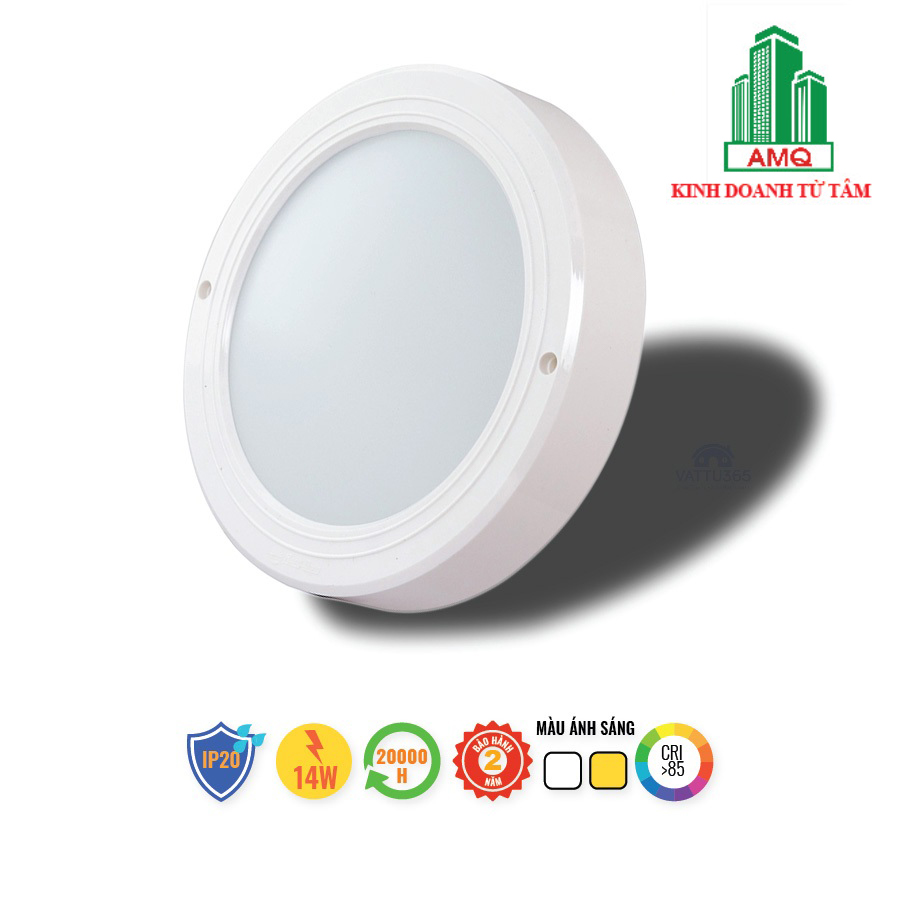The project was carried out by a research team from the Faculty of Electrical and Electronics Engineering, Ton Duc Thang University, including Dr. Nguyễn Đoàn Quốc Anh, Dr. Trần Đình Cương, Dr. Hồ Đăng Sang, and Phan Thị Minh Mẩn.
The new TIR lens technology is a total internal reflection lens (also known as a lamp reflector) attached to LED lights, directing all emitted light forward and distributing it more evenly. This new TIR lens technology reduces costs, increases efficiency, and improves light uniformity, thereby enhancing the quality and application of LED lights. The research team also optimized the technology for use in various LED lighting products, applicable in civil, industrial, agricultural, and fishery lighting fields.
Dr. Quốc Anh, representing the research team, shared that TIR lens solutions are widely used in many commercial LED lighting systems because they can adjust light beams to a wider angle compared to traditional reflectors or other types of lenses. However, conventional TIR lenses often fail to achieve total internal reflection, requiring an additional white retaining ring to capture stray light and focus it forward to ensure efficiency. "The white retaining ring can achieve an efficiency of 95.85%, but it comes at a high cost," he said.

A sample LED light using the new TIR Lens. Photo: Research team.
With the goal of improving the quality and application of LED lights, the team of scientists researched and developed the new TIR lens technology without the need for a white retaining ring (reducing product costs by 30%). Notably, it achieves a lighting efficiency of over 95%, with significantly higher uniformity of illumination compared to current commercial LED lights.
Dr. Quốc Anh explained that the team conceived the idea in 2014, starting with efforts to alter light distribution and surveying color changes to find ways to increase luminous efficacy and reduce costs. In 2016, the scientists conducted simulations using specialized optical software before designing and fabricating prototypes. After more than three years, the new TIR lens was developed, incorporating a multi-segment optical collimator (MSOC) design and a multi-structured optical surface (MSOS) to adjust the beam angle and achieve total reflection of incoming light, enhancing light uniformity. This means the new lens can redistribute blue and yellow light radiation, thereby improving the quality of white light output.
For practical application, the team utilized measurement equipment to conduct research, compare results with prototype samples, and make adjustments. Experimental results comparing light distribution uniformity showed that the uniformity index with the new TIR lens outperformed lens I by 122.4% and lens II by 495.3% on a 500 mm² illuminated surface. This success led to the new TIR lens technology receiving a USPTO (United States) patent in 2022.
After a long process of design, prototype development, and patent acquisition, Dr. Quốc Anh and his colleagues hope the product will be commercialized on the market. "The new TIR lens technology is simple to use, easy to implement, and can be widely applied, bringing economic value to society and the community," he said.
Sharing with VnExpress, Dr. Trịnh Xuân Thắng, Deputy Director of the Research and Development Center at the Ho Chi Minh City High-Tech Park, praised the product by Dr. Quốc Anh and his team as a novel technology with a unique idea.
According to Dr. Thắng, one of the major challenges in using white-light LED lamps is achieving high uniformity. Additionally, energy efficiency in LED lighting is a top concern for manufacturers and users alike. The TIR Lens technology has enabled the use of LED lights in illumination with higher-quality light sources (achieving greater color uniformity in LED lighting) and energy efficiency comparable to leading global technologies today.
"The research team has proposed an idea and technology that address significant challenges in LED usage, making commercialization highly feasible," Dr. Thắng stated.

Dr. Nguyễn Đoàn Quốc Anh (center) receiving the First Prize at the 2023 Scientific Innovation Competition for the new TIR lens solution for high-power LED lights. Photo: Giang Huy
The project by Dr. Nguyễn Đoàn Quốc Anh was highly evaluated by the judging panel for its excellent idea and thorough, detailed research process. According to scientists, commercialization is entirely feasible as it meets industrial standards.







